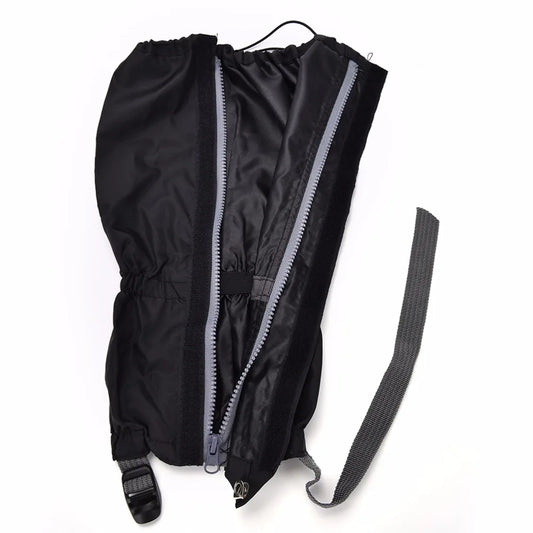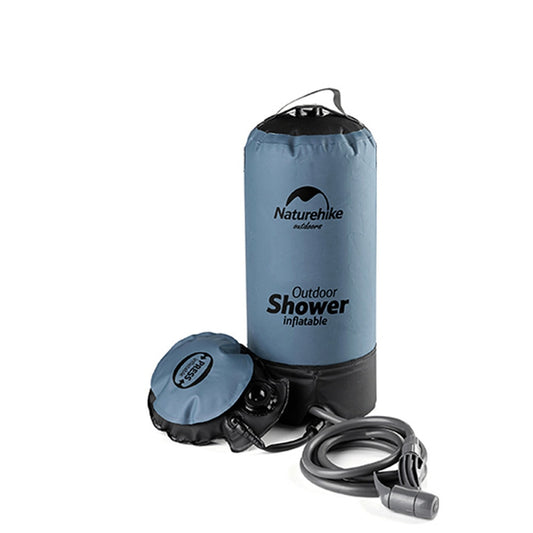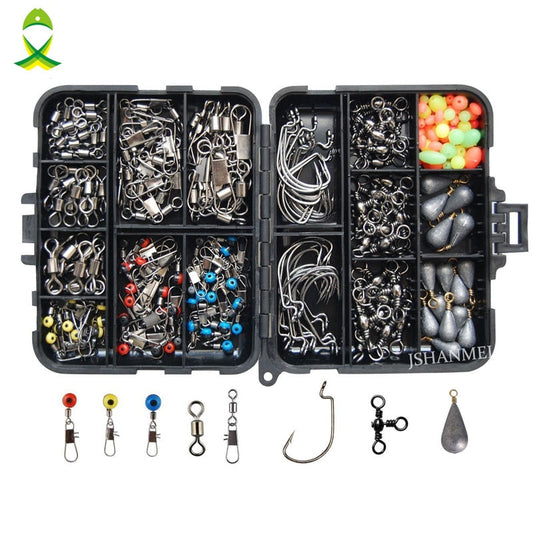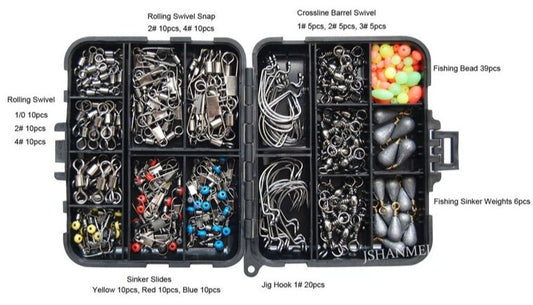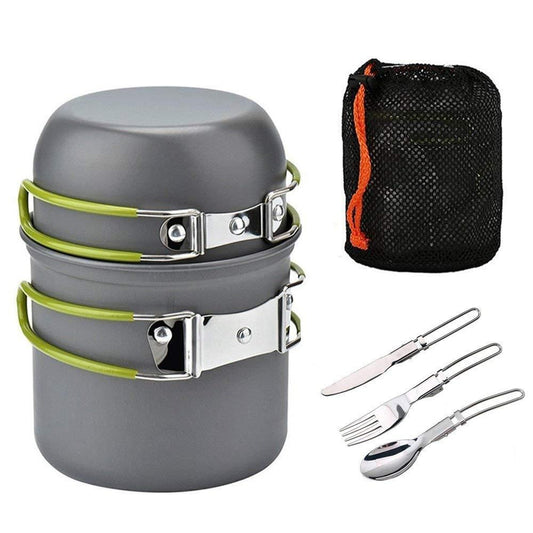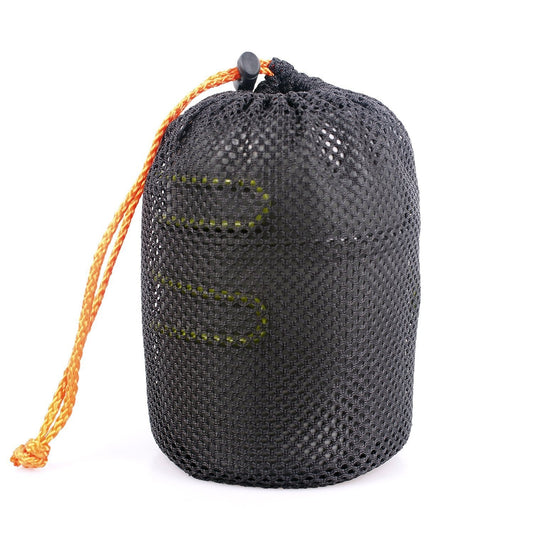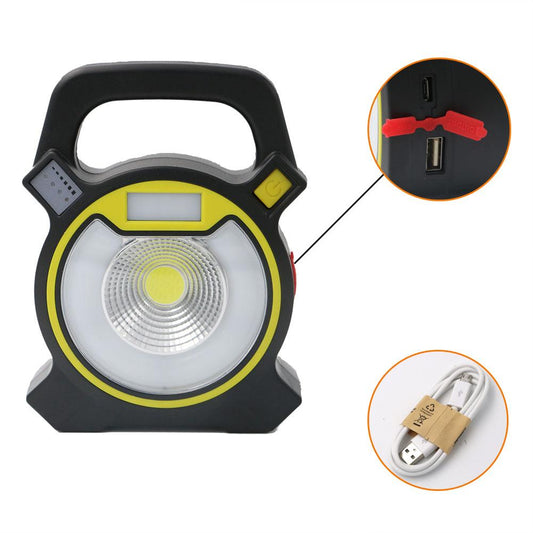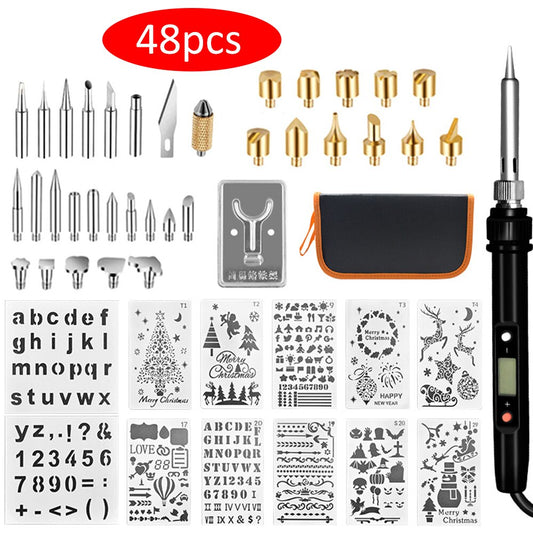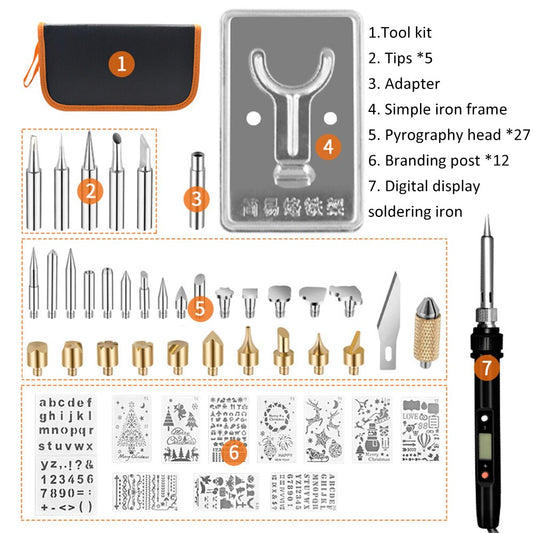
How to Dehydrate Foods at Home
Share
When it comes to building an emergency food supply, one of the most effective and time-tested methods is food dehydration. For centuries, people have relied on drying fruits, vegetables, meats, and herbs to extend their shelf life without the need for refrigeration.

Today, dehydration remains just as valuable, especially for anyone wanting to be prepared for unexpected events, natural disasters, or simply to have healthier, homemade alternatives to store-bought packaged foods.
Dehydrating not only makes food lighter and easier to store, but it also preserves most of its nutrients while intensifying flavor. From the natural sweetness of apples and strawberries to the hearty sustenance of beans, lentils, and jerky, dehydrated foods can serve as both everyday staples and vital survival rations. With the right tools and proper storage, you can create a diverse pantry that offers comfort, nutrition, and variety when fresh foods aren’t available.
Whether you’re new to preparedness or already building your emergency reserves, dehydrating foods gives you control over ingredients, flavors, and quality. It’s a practical skill that saves money, reduces waste, and provides peace of mind. In this guide, we’ll explore the health benefits of dehydrating different fruits, vegetables, herbs, and proteins and how they can transform your food storage into a reliable and nourishing safety net.

Step-by-Step Guide
- Prepare the food: Wash, peel, slice, or chop food into uniform pieces. Thinner slices dry faster and more evenly.
- Blanch vegetables (optional): Some veggies like carrots and green beans benefit from blanching to preserve color, flavor, and nutrients.
- Arrange food on trays: Place pieces in a single layer without overlapping.
-
Set your dehydrator: Follow the recommended temperature settings:
- Fruits & vegetables: 125°F - 135°F (52°C - 57°C)
- Meat: 155°F (68°C) or higher for safety
- Dehydrate: Dry times vary depending on the food and thickness; generally 4-12 hours.
- Test for dryness: Food should be leathery or brittle with no moisture pockets.
- Cool and store: Let completely cool, then store in airtight containers or vacuum-sealed bags in a cool, dark place.
Best Dehydrators for Home Use
Here are some top dehydrators loved by home users:

1. Nesco Snackmaster Pro FD-75PR
- 5 trays, expandable to 12
- Adjustable thermostat up to 160°F
- Top-mounted fan for even drying
- Affordable and user-friendly

2. Excalibur 3926TB
- 9 trays with ample drying space
- Adjustable timer and temperature control (105°F to 165°F)
- Horizontal airflow prevents flavor mixing
- Ideal for serious food preppers

3. COSORI Premium Food Dehydrator
- 6 stainless steel trays
- Precise digital controls with timer and temperature settings
- Quiet operation
- Sleek modern design

4. Presto 06300 Dehydro Electric Food Dehydrator
- 4 stackable drying trays
- No temperature control (runs at about 165°F)
- Compact and budget-friendly
- Good for beginners or small batches

Fun Recipe For Spicy Dehydrated Veggie Chips
Ingredients:
- 2 medium zucchinis, sliced thin
- 1 bell pepper, thinly sliced
- 1 cup kale leaves, torn
- 1 tbsp olive oil
- 1 tsp smoked paprika
- 1/2 tsp garlic powder
- Salt to taste
Instructions:
- Toss all veggies in olive oil and spices until evenly coated.
- Arrange on dehydrator trays in a single layer.
- Dehydrate at 135°F for 6-8 hours or until crispy.
- Let cool and enjoy your tasty, healthy chips!
Great as a snack or topping for soups and salads.
Final Tips for Emergency Food Storage
- Label containers with food type and dehydration date.
- Store dried foods with oxygen absorbers for maximum shelf life.
- Rotate your stock every 6-12 months to maintain freshness.
- Rehydrate food by soaking in water or adding directly to soups and stews.
Dehydrating your own food is a smart and economical way to build a resilient pantry for emergencies. With the right tools, techniques, and recipes, you can enjoy nutritious and delicious meals anytime you need them.
Happy Dehydrating!
Presented by Coach Trina at Dragoyle.com




